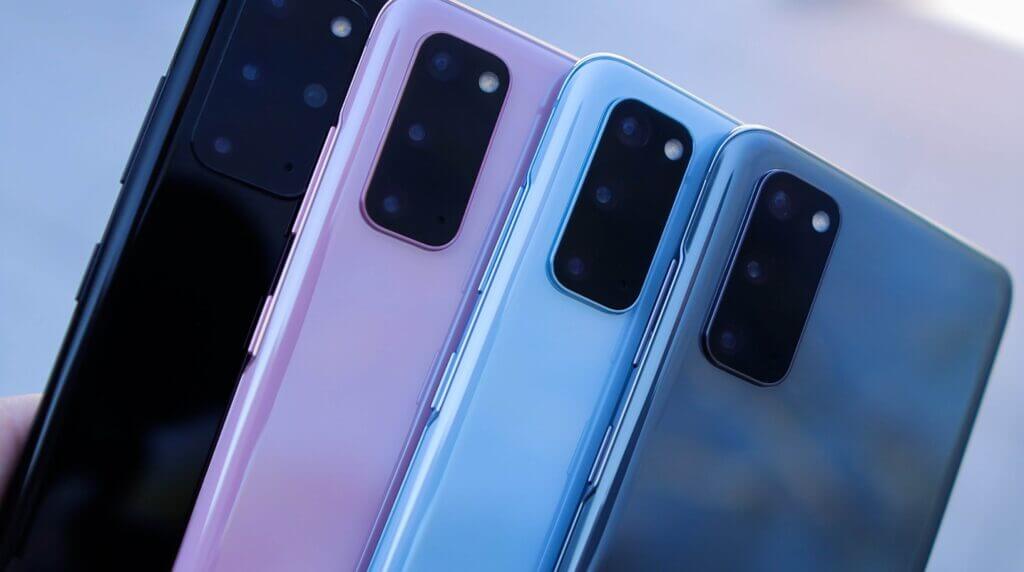Every day, we’re surrounded by multiple types of electromagnetic radiation. This radiation comes in many forms, including light, microwaves, x-rays, and cell phone transmissions. All products that emit this radiation must undergo an assessment to ensure that they’re safe to be used by the general public. This assessment can be done through RF exposure evaluation, EMF measurements, or SAR testing. In this article, we’ll be focusing on everything you should know about cell phone SAR testing.
Cell Phones & RF Energy
Cell phones produce electromagnetic radiation because they require the use of radiofrequency (RF) waves to make and receive calls. Calls are made and received by the transmission of radio waves through a network of fixed antennas, called base stations. It should be noted that these RF waves don’t break chemical bonds and don’t cause ionization in the human body. Cell phone RF waves are long and known as radio waves. Radio waves can pass through walls and have a low frequency compared to other wavelengths.
There are a few misconceptions about RF energy and SAR values. One is that people tend to think cell phones with low SAR values expose users to fewer RF emissions. People also believe these phones are safer than phones with high SAR values, but this isn’t the case. SAR values do indicate the maximum possible exposure to RF energy from a particular cell phone. However, these values don’t provide enough information to make it a reliable way to compare different cell phone models. The truth is, SAR values produced by cell phone SAR testing are only intended to let consumers know that a particular cell phone doesn’t exceed the FCC’s maximum permissible exposure levels even when operating in conditions that result in the highest possible, but not typical, RF energy emission.


What is SAR Testing?
First, we’ll define what SAR is for anyone unfamiliar with the term. SAR is a measure of the rate of radiofrequency energy absorption by the human body from a source being measured. In cell phone SAR testing, SAR is the measurement of the body’s RF energy absorption from a particular cell phone. SAR is a simple and straightforward way to determine that a cell phone’s RF exposure characteristics are within the FCC’s safety guidelines.
SAR testing is required for any device that includes a radiating part that comes closer than 20 cm to the human body or head while in use. In Europe, any device with a power of 20 mW or higher needs to be SAR tested. However, in Canada and the USA, whether or not a device’s SAR value must be evaluated depends on the following:
- The distance between the user and the device
- The power of the product
- The frequency in which the product radiates
Conducting Cell Phone SAR Testing
Cell phone SAR testing is conducted using standardized models of the human head and body. These models are filled with liquids that simulate the RF absorption characteristics of bodily tissues. Cell phone SAR testing is then conducted by operating the phone at its highest power level in each frequency band that it operates within and in various positions against the human models. This simulates the way the device will typically be held during use.
As the phone is placed in these various positions next to the head and body, a robotic probe takes measurements of the electric field at specific locations in a precise, grid-like pattern within the model’s head and torso. The data for each placement is then submitted as part of the equipment approval test report.
However, while multiple measurements are taken at each placement, only the highest SAR values for each frequency are included in the final authorization demonstrating compliance with FCC guidelines. This is due to the fact that cell phones constantly vary their power to operate at the minimum power necessary for communications. It’s not common for cell phones to operate at maximum power.
Cell Phone SAR Testing: RF Exposure Lab Can Help!
If your business manufactures cell phones, understanding cell phone SAR testing is crucial for the success of your company. Ignoring these regulations simply isn’t an option and could lead to serious consequences. Working with an experienced SAR testing lab as early as possible in the manufacturing process will help you successfully get through the maze of SAR regulation and ensure that your product is safe and compliant.
At RF Exposure Lab, we go above and beyond to make sure our clients understand what we do and assist them in understanding what SAR testing is required for their products. We’ll even guide our clients through the design phase, ensuring that their products will pass testing the first time. Through our unique expertise and commitment to our clients, we guarantee accurate testing and results.
In addition to cell phone SAR testing, we offer testing services for a variety of wireless devices such as wireless modems, laptops, tablets, modems, medical products, and much more. If you’re looking for SAR testing help provided with speed, accuracy, expertise, and integrity, contact us to get a quote for our services.
